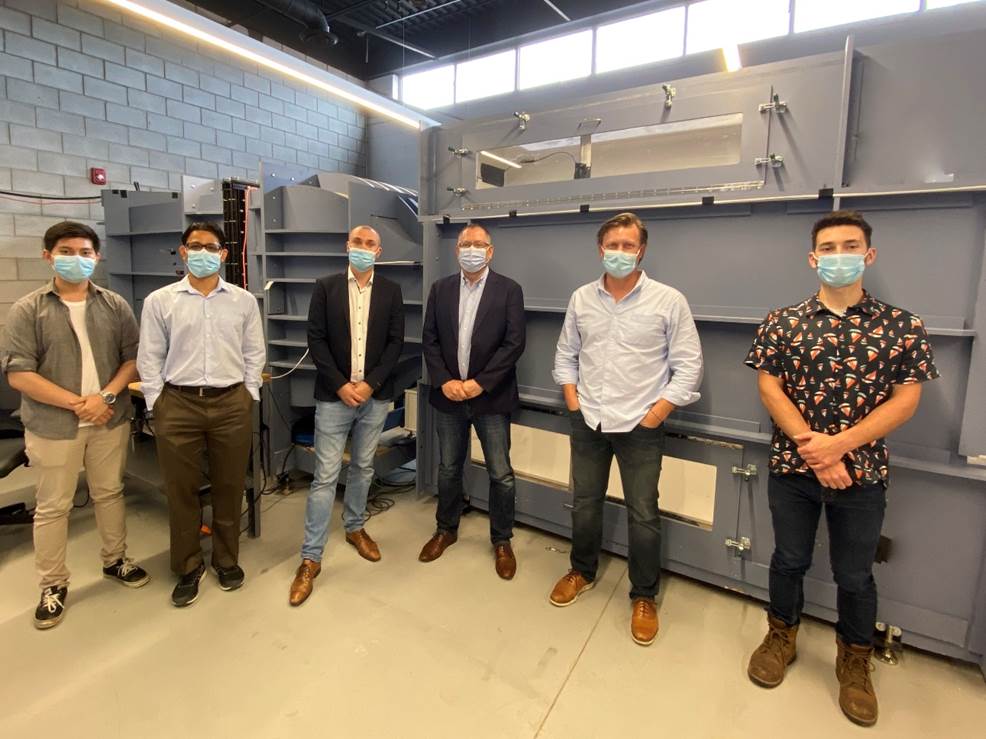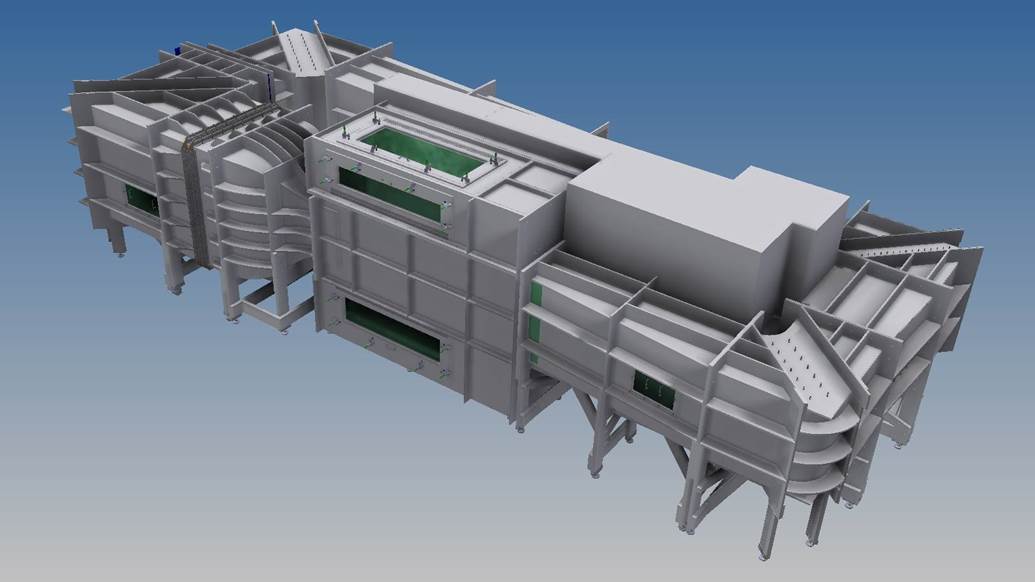Simulating complex on-road wind and turbulence conditions in a wind tunnel to improve the design of automobiles
Tags:

Professor Ronald Hanson, from the Department of Mechanical Engineering at the Lassonde School of Engineering at York University, has partnered with Aiolos Engineering Corporation to develop methods for simulating on-road wind and turbulence conditions in an automotive wind tunnel. Aiolos is a Canadian firm specializing in the design and construction of wind tunnels and test facilities, primarily for the automotive and aeronautical industry.
Aiolos is presently involved in the design and construction of a full-scale wind tunnel in Munich, Germany for BMW. This wind tunnel is designed to have a state-of-the-art acoustic environment with very low background noise to allow the aerodynamic noise generated by the vehicle to be investigated, both inside and outside of the vehicle. As part of this project, Aiolos designed and constructed a model scale wind tunnel to develop and validate elements of Aiolos’ design for the full-scale facility.
Aiolos and BMW have now donated this new model scale wind tunnel to Professor Hanson. The scale model is nearly 10 m in length and valued at approximately $500,000. Hanson and his team of researchers recently installed the wind tunnel at the new Lassonde Research Centre at 4751 Keele Street, where experiments were performed to optimize the wind tunnel design to meet the high-performance requirements of the full-scale tunnel. The wind tunnel was visited by Aeroacoustics Specialists from BMW in September 2021.
Historically aerodynamic wind tunnels, used by vehicle designers for the development of the aerodynamic shape of their vehicles, provide a very stable, uniform flow around the vehicle. But these test facilities have not had the ability to simulate the very unsteady flows that typify real-world driving. On-road turbulence conditions affect the steady state aerodynamics, the dynamic characteristics and aerodynamic noise generation for the vehicle. Through an NSERC Alliance Grant with Aiolos, Professor Hanson and his team of graduate students are building a new system for the nozzle of the model tunnel to produce realistic turbulent flow conditions for the vehicle, with gusts and unsteady yaw motions of the airflow being part of the mix. This complex hybrid system consists of actuated diamond vanes and airfoil sections at the nozzle exit that the flow must pass through before entering the testing section of the wind tunnel. Fifty-four independent motors will be used to actuate the various sections of the vanes and airfoils to produce a range of realistic unsteady flow conditions. When completed this system will be first of its kind. “We’ve been working on the design of this system for several months,” said Professor Hanson. “The result will be a wind tunnel that has a broad testing range of flow conditions, and the extent to which we can tailor the flow.”

After working with Aiolos on this research project, Professor Hanson will modify the tunnel to permit a range of other experimentation in his research program, with the focus on the control of physical flow mechanisms to improve aerodynamic performance in applications ranging from sports to aeronautics, in addition to fundamental studies of flow physics. One example has been in sports, namely elite cycling. Elite cyclists desire minimal aerodynamic drag to maximize their speed while racing. To that end, Professor Hanson has been investigating how to reduce drag on cyclist clothing through experiments examining the interactions between athletic skinsuits and air flow. This new wind tunnel will allow for more varied experimental conditions to facilitate the improved design of cycling equipment and more exciting research work in the future.